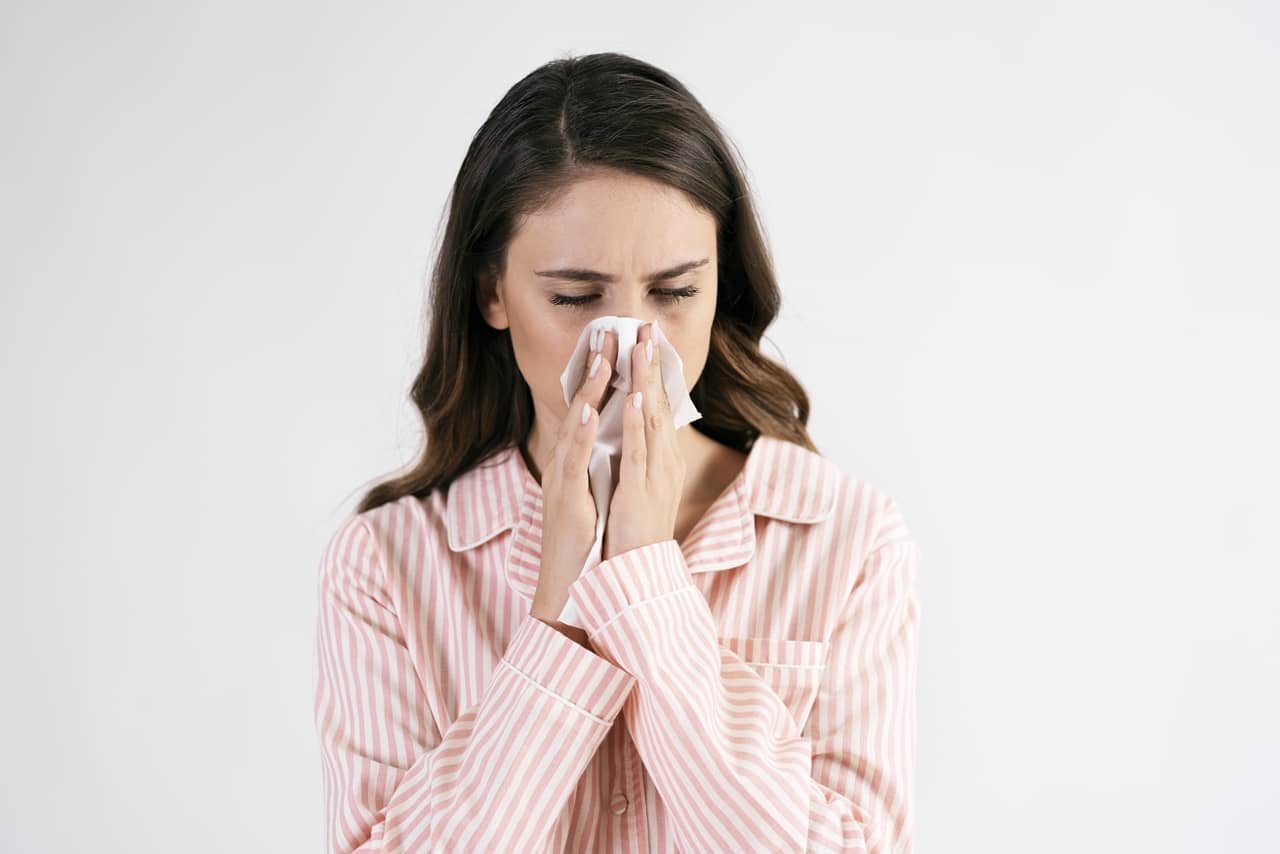Low back pain is a common condition that affects millions of people around the world. It is one of the leading causes of disability and can significantly impact a person’s quality of life. In this article, we will explore the causes, symptoms, and treatment options for low back pain.
What are the causes of lower back pain?
Low back pain can be caused by a variety of factors, including poor posture, lack of exercise, and injury. Some of the most common causes of low back pain include:

- Poor posture: Sitting or standing with poor posture can put a strain on the lower back, leading to pain and discomfort.
- Lack of exercise: A sedentary lifestyle can weaken the muscles in the lower back, making it more susceptible to injury.
- Injury: Back injuries, such as sprains, strains, or herniated discs, can cause low back pain.
- Age-related wear and tear: As we age, the discs in our spine can wear down, leading to low back pain.
Symptoms of Low Back Pain
Low back pain can vary in severity, from mild discomfort to severe, debilitating pain. Some common symptoms of low back pain include:
- Aching or stiffness in the lower back.
- Shooting pain down the leg.
- Numbness or tingling in the leg or foot.
- Difficulty standing up or sitting down.
- Muscle spasms in the lower back.
How do you fix low back pain?
Treatment for low back pain depends on the underlying cause of the pain. In many cases, low back pain can be treated with conservative measures, such as rest, ice or heat therapy, and over-the-counter pain relievers.
For more severe cases of low back pain, treatment options may include physical therapy, chiropractic care, or prescription medications. In some cases, surgery may be necessary to address the underlying cause of the pain.
Prevention of Low Back Pain
There are several steps you can take to prevent low back pain, including:
- Maintaining good posture.
- Engaging in regular exercise to strengthen the muscles in your lower back.
- Avoiding heavy lifting or twisting motions that can strain the lower back.
- Taking frequent breaks when sitting or standing for long periods of time.
- Using proper lifting techniques when picking up heavy objects.
Low back pain exercises can help to strengthen and stretch the muscles in the lower back, improving flexibility and reducing pain. Here are some effective low back pain exercises:
Pelvic Tilt Exercise
Lie on your back with your knees bent and feet flat on the floor. Tighten your abdominal muscles and tilt your pelvis so that your lower back presses against the floor. Hold for 5 seconds and then release. Repeat 10-15 times.
Bridging For Lower Back
Lie on your back with your knees bent and feet flat on the floor. Tighten your glutes and lift your hips off the floor until your body forms a straight line from your knees to your shoulders. Hold for 5 seconds and then release. Repeat 10-15 times.
Cat-Camel
Start on your hands and knees with your back straight. Arch your back and tuck your chin towards your chest, rounding your spine like a cat. Hold for 5 seconds and then release. Next, lower your back and lift your head, arching your spine like a camel. Hold for 5 seconds and then release. Repeat 10-15 times.
Knee-to-Chest
Lie on your back with your knees bent and feet flat on the floor. Bring one knee towards your chest and hold onto your shin with both hands. Hold for 5 seconds and then release. Repeat on the other side. Repeat 10-15 times on each side.
Hamstring Stretch
Lie on your back with your knees bent and feet flat on the floor. Lift one leg off the floor and hold onto the back of your thigh with both hands. Straighten your leg as much as possible and hold for 30 seconds. Repeat on the other side. Repeat 2-3 times on each side.
It is important to note that these exercises should be done under the guidance of a healthcare professional, especially if you have a pre-existing condition or injury. If you experience any pain or discomfort while performing these exercises, stop immediately and consult with your healthcare provider.
Conclusion
Low back pain is a common condition that can significantly impact a person’s quality of life. By understanding the causes, symptoms, and treatment options for low back pain, you can take steps to prevent and manage this condition. If you are experiencing low back pain, it is important to consult with a healthcare professional to determine the best course of treatment for your individual needs.
- Vitamin D3 Deficiency Symptoms and How to Recognize Them
- Low Back Pain Relief: Expert Tips and Exercises for Comfort
- Understanding Low Back Pain: Causes, Symptoms, and Treatment Options
- Best Hospital For Fertility Treatment In Hyderabad
- Best Ent Doctors In Kolkata | Top Ent Specialist In Kolkata Must Check Here
- The Best Gynecologist In Hyderabad For Pregnancy, Must Check Before Consultation
- How To Find The Best Orthopedic Doctors In Siliguri? Top 10 Orthopedic Doctors In Siliguri
- The Best Orthopedic Doctors In Delhi?
- What Is Ortho Surgeon? Exploring The Expertise of Exceptional Orthopedic Surgeons
- How To Choose The Best Orthopaedic Doctor In Delhi?















